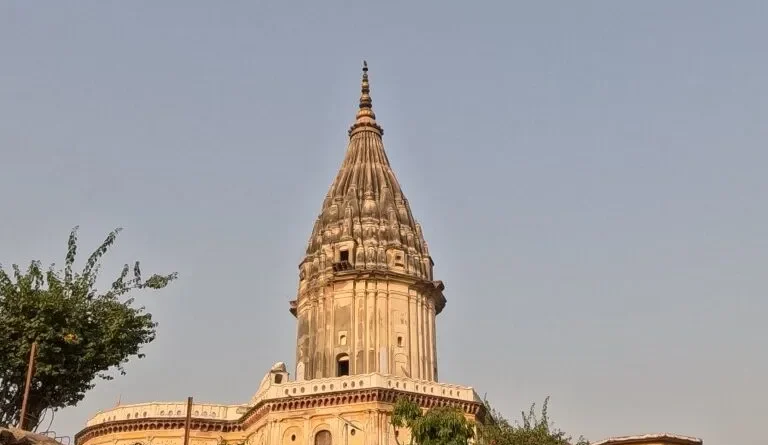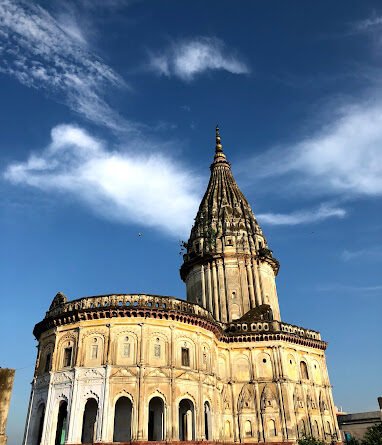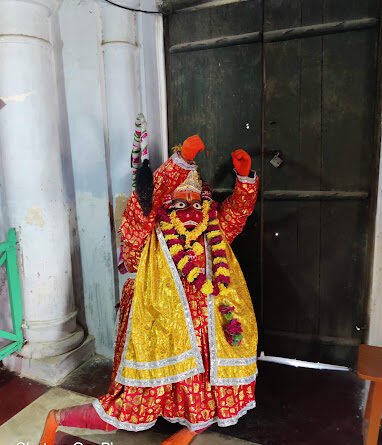Raj Dwar Mandir Ayodhya
Raj Dwar Mandir, Tulsi Nagar, Ayodhya – Silently standing guard to the ancient kingdom of Suryavanshis
To understand the grandeur of this temple you have to take help of a little bit of imagination. Only then you will appreciate that what was the importance of this massive complex which now takes the form of a temple. But many many years ago when the rulers of the solar dynasty had their palaces in Ayodhya, this was the entry point for the subjects to come and meet their king on official business. Like all entrances to palace complex, this one too was massive and served as the first landmark on their way to meet the King of Kosala. Raj Dwar literally translates to entry or door way to the Raj. This would have been the place outside which common people queued to get themselves checked before entering the complex walls. People must be coming and camping outside this Dwar and sometimes would spend days trying to enter. At times due to some known official entry would be easy. Or if you are an important person and have been invited by the king himself or someone from the royal family. In those days meeting the king or even having a glimpse of the king was a rarity. Amongst all that this place must have stood as the first tower which all people at that time used to look at.
Today this place is converted to a mandir and residential complex seen from outside. I read somewhere that this temple is open once a year, but that is not the case. It is open on all days, only difference being that it is not on the usual tourist circuit. But the architectural marvel stands testimony to the fact that ancient Indians were master builders.
History of Raj Dwar Mandir
There are little historic records of this place so much of the information comes from the temple priest. He begins the story with the existence of a place called Ramkot which stands on the elevated ground and which consists of the main palace complex of the Kings of Ayodhya. This complex begins with Raj Dwar which is the grand entrance. After some distance is the residence of Sita called Kanak Bhawan. Dashrath Bhawan is also located in the same complex. It was supposedly gifted by Kaikeyi to Sita. Then we also have the Ram Janmabhoomi Complex which is at the edge of Ramkot.
The present complex was constructed by Raja Man Singh during his rule of Ayodhya. His family is still looking after the upkeep and maintenance as well as management of the temple. Though the temple dates at least 900 years back, the most recent restoration has been done around 50 years back. It is also believed that this temple was constructed by Raja Darshan Singh who later founded the town Darshan Nagar where Suraj Kund is located.
Raj Dwar Mandir is not only constructed in the highest point, it is also made in such a way that three storeys start from the street and then the structure extends vertically at least three storeys more. It was indeed a skyscraper constructed with ancient technology.















